BRACHIAL PLEXUS BIRTH PALSY
Introduction:
The brachial plexus is a network of nerves arising from the spinal cord in the neck and going to the upper limb. It is formed by contributions from five nerve roots called C5, C6, C7, C8, and T1. It supplies motor power to the muscles of the shoulder, elbow, wrist, and hand, and also sensations to the skin of the upper limb.

Brachial Plexus Birth Palsy (BPBP) is a condition in which the brachial plexus gets damaged during childbirth due to stretching of the child’s neck during passage through the birth canal. It results in paralysis of muscles of the shoulder/ elbow/ wrist/ hand and loss of sensations in the upper limb.
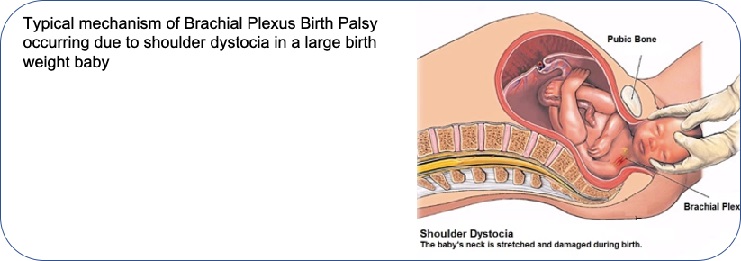
Types of BPBP:
Depending on the number of nerve roots damaged, Brachial Plexus Birth Palsy is of the following types:
- Type 1: C5 and C6 nerve roots damaged. Results in the weakness of shoulder and elbow flexion. Wrist and finger movements are intact.
- Type 2: C5, C6, and C7 nerve roots damaged. Results in the weakness of elbow and wrist extension in addition to the weakness seen in Type 1.
- Type 3: All nerve roots from C5 to T1 resulting in flail upper limb.
- Type 4: In addition to Type 3, drooping of the eyelid (Horner’s syndrome) seen due to damage to surrounding nerves. May also be associated with elevation of hemidiaphragm and breathing difficulties due to phrenic nerve palsy.
Usually, Type 1 injuries have a good prognosis for spontaneous recovery. On the other hand, Type 3 and Type 4 injuries have no chance for recovery unless surgery is performed.
Depending on the severity of the injury, nerve injury in Brachial Plexus Birth Palsy is classified as:
- Neuropraxia: Stretching of the nerve without an actual tear. Results in temporary paralysis which spontaneously recovers in few days.
- Axonotmesis: rupture of axons (inner nerve fibers) but outer covering nerve sheaths remain intact. Usually recover partially, as the nerve fibers regrow within the sheaths over a period of few weeks.
- Neurotmesis: Complete breakage of nerves. Surgical repair is mandatory for recovery.
- Root avulsions: Nerves are avulsed at their origin from the spinal cord. Direct repair not possible, nerves supplying other muscles need to be transferred for recovery.

Clinical features:
- Brachial Plexus Birth Palsy occurs more commonly in large babies (> 3kg birth weight) born by vaginal delivery. There may be a history of shoulder dystocia during labor (the head of the baby is delivered, but the shoulder gets stuck in the birth canal).
- Decreased movements of the upper limb are usually noted soon after birth.
- In upper plexus palsy, the baby holds the upper limb in the typical “Policeman accepting tip” position with shoulder adducted and internally rotated, elbow extended, forearm pronated and wrist flexed.
- In global plexus palsy, the upper limb is flail without any movements.
- There may be associated fractures of the clavicle or humerus.

- As the child grows older, the paralysis may recover to a variable extent depending on the severity of injury and treatment.
- Older children with partial recovery often have shoulder joint problems with deformity of the shoulder joint due to muscle imbalance, difficulty in performing overhead abduction, and difficulty in bringing the hand to the mouth for feeding.
- Additionally, deformities of the elbow and wrist may be seen.
- Investigations:
- X-rays: Plain X-rays did soon after birth may reveal associated fractures of the clavicle and humerus, and, the elevation of the hemidiaphragm.
- MRI:
- MRI of the brachial plexus may be done prior to nerve reconstructive surgery and aids in surgical planning.
- MRI shoulder done in older children with shoulder joint problems shows shoulder joint deformation.

- EMG/NCV studies: show nerve conduction. They are helpful in tracking nerve recovery.
- Treatment:
- Physiotherapy: Physiotherapy is instituted about 2 to 3 weeks after birth. The aim of physiotherapy is to range the joints of the upper limb through full range of motion and prevent contractures due to persistent positioning in paralytic posture.
- Splints and orthoses: Splints and orthoses may be used to maintain the shoulder/ elbow joints in a functional position, and to prevent contractures.
- Surgery:
- Nerve reconstructive surgery: Nerve reconstructive surgery is needed in children with flail upper limbs (Type 3 and 4 injuries) and in children who fail to achieve satisfactory recovery of elbow flexion power between 3 to 6 months of age. Nerve reconstructive surgeries are either nerve repairs where nerve grafts are used to repair the damaged nerves or nerve transfers where nerves supplying other muscles are transferred to the paralyzed nerve.
- Injection Botox: Injection Botox is given in young children who develop shoulder joint contractures, or in situations called co-contractions where muscle contractions occur in a haphazard manner leading to impaired joint movements.
- Shoulder joint surgery: Shoulder joint surgery is commonly needed in older children who develop shoulder joint contractures and deformities. The surgery may consist of the release of tight muscles, transfer of muscles, bony surgeries, or combinations of the above.
- Elbow/ wrist/ hand surgery: Occasionally elbow, wrist, and hand surgeries are needed to correct muscle imbalance or joint deformities.
This article is published by Dr.Sandeep Vaidya in the public interest under the patient education program.

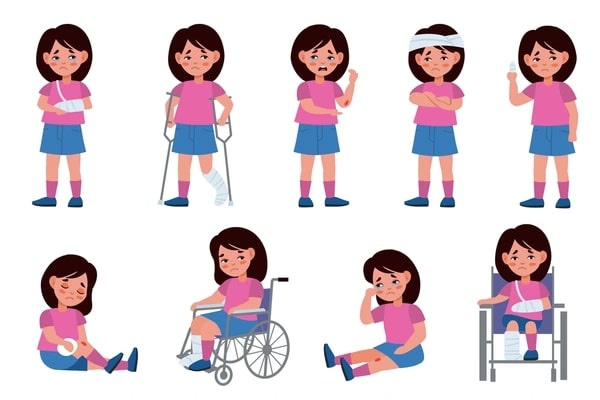
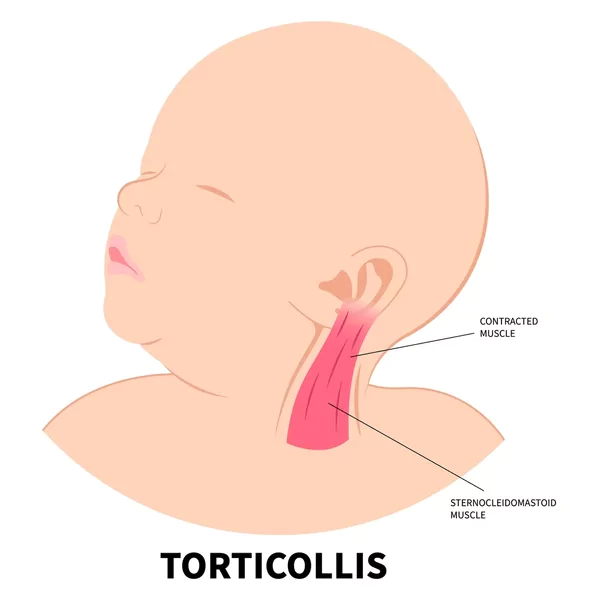
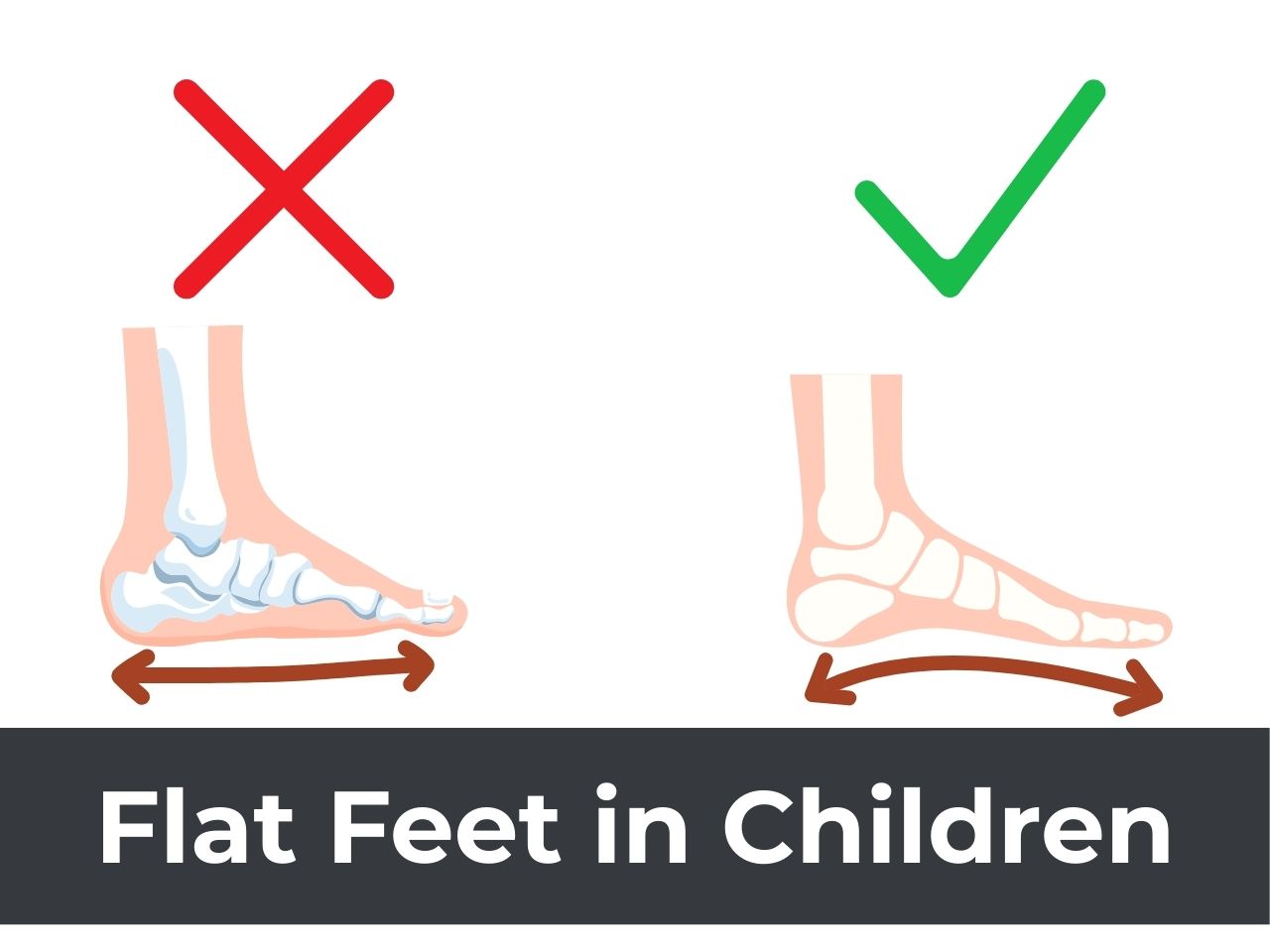

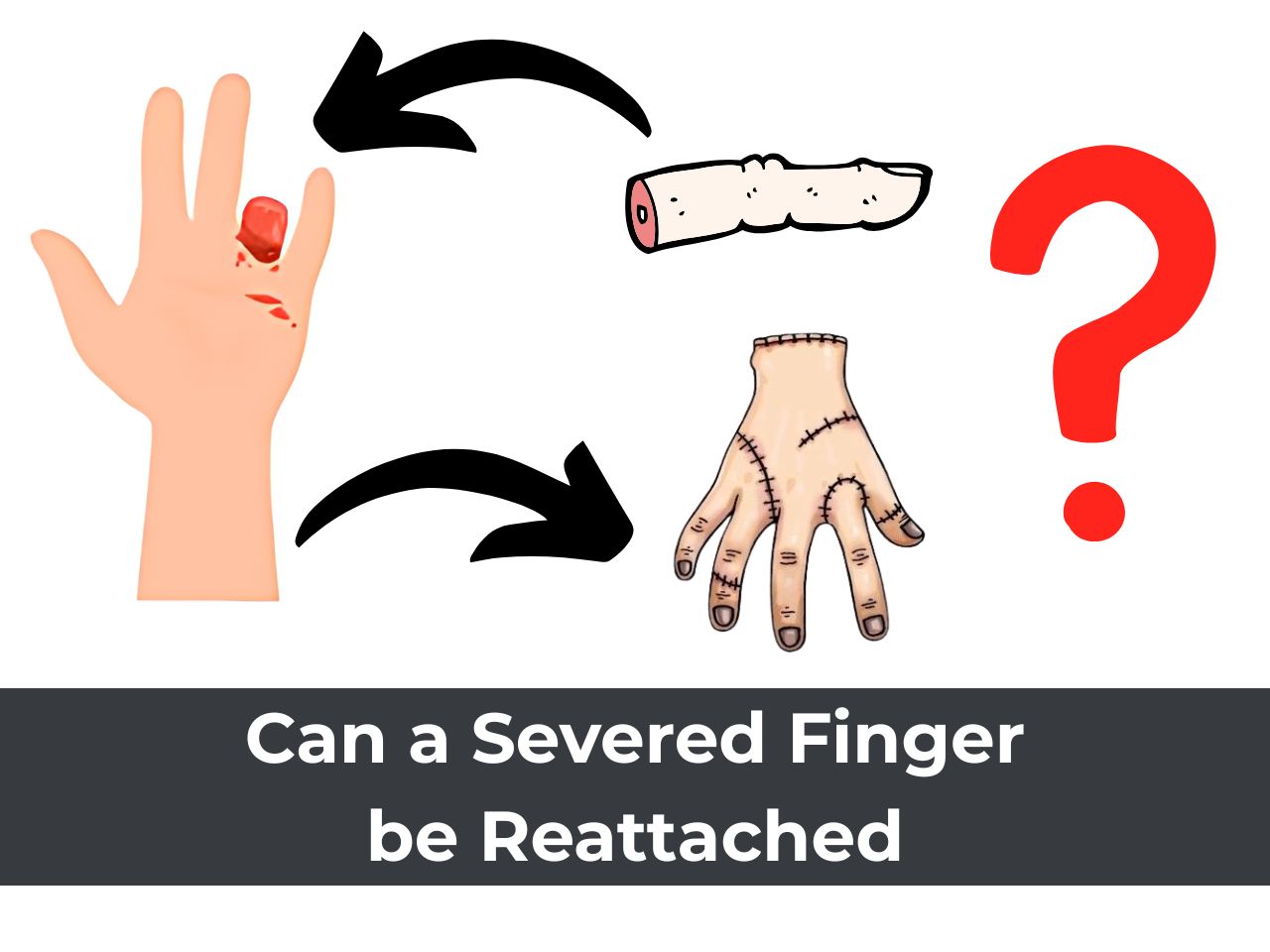
0 Comments